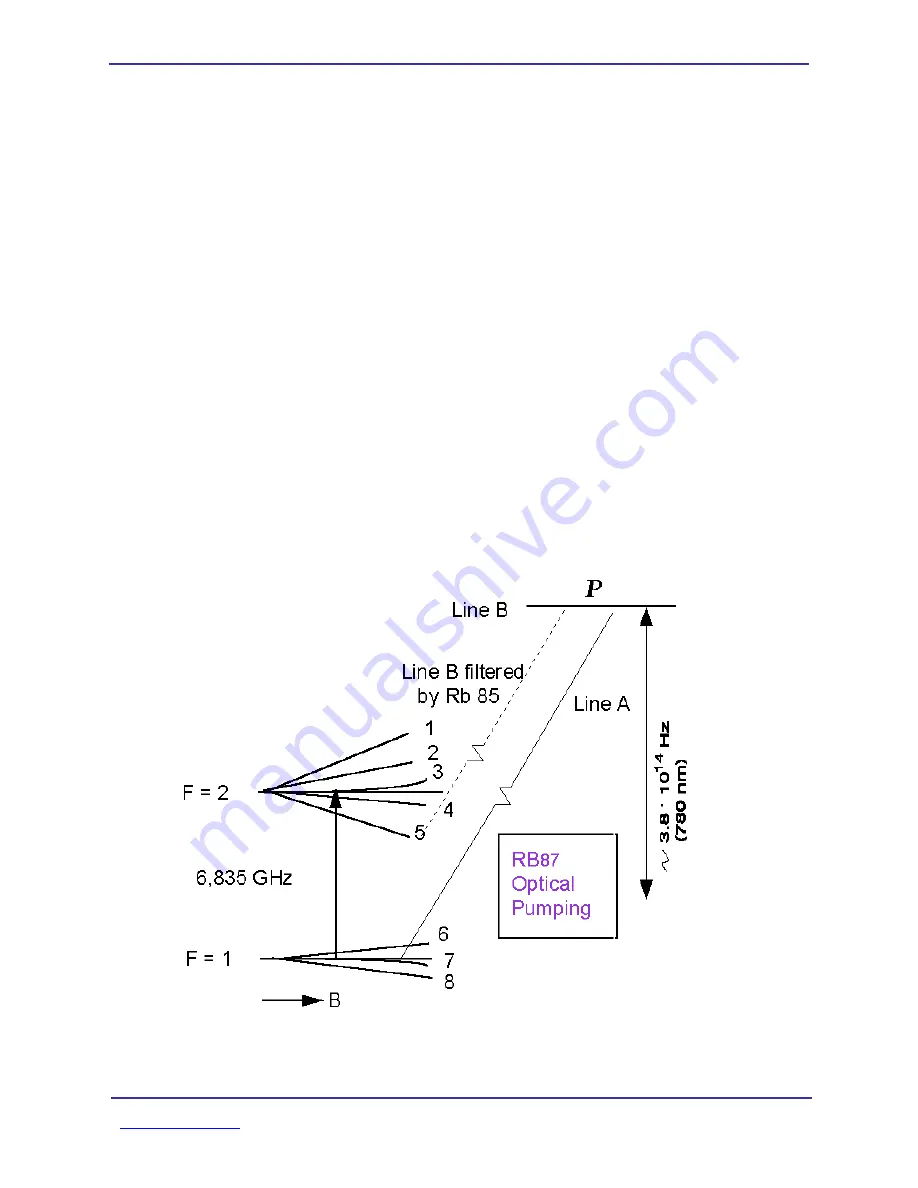
iSource
®
StarLPRO-1500
Manual
©SpectraTime
Europe Headquarters
North America Sales Offices
Page 3 of 12
+41.32.732.16.66
+1.512.470.3980
spectratime.com
An
Orolia Group
Business
1. INTRODUCTION
The Models STARLPRO-1500 /XX Rubidium Ultra-Stable Oscillators atomic resonance-controlled oscillators
that provide an extremely stable frequency of 10 MHz (sinusoidal). The STARLPRO-1500 is designed for
navigation , communication and timing instruments requiring such extremely stable and precise frequency .
This manual contains information about the operation and field maintenance of the STARLPRO-1500.
Chapter 2 contains a general description of the unit. It also presents a basic theory of operation for a technician
or engineer who requires a better understanding of the unit's operation.
Chapter 3 lists all specifications and operation requirements of the STARLPRO-1500.
Chapter 4 gives information on how to install and operate the unit. It is recommended that these chapters be
read prior to operate the unit. This chapter describes also the possible interface connection for the monitoring of
the internal parameters and for the centre frequency adjustment.
2. STARLPRO-1500 SYSTEM DESCRIPTION
2.1
PRINCIPLE OF OPERATION AND BASIC CONFIGURATION
The STARLPRO-1500 essentially consists of a voltage-controlled crystal oscillator (VCXO) which is locked to a
highly stable atomic transition in the ground state of the Rb87 isotope. While the frequency of the VCXO is at
the convenient standard frequency of 10 MHz, the Rb clock frequency is at 6.834XXX GHz in the microwave
range. The link between the two frequencies is done through a phase-stabilized frequency multiplication
scheme whereby a synthesized frequency is admixed to enable exact matching.
The Rb atoms are confined in a vapor cell at an elevated temperature. The cell is placed in a microwave
resonator to which the microwave power derived from the VCXO is coupled. The Rb87 atoms in the cell occur
with equal probability in the two hyperfine energy levels of the ground state (F=1 and F=2).
In order to detect the clock transition between these two levels, the atoms need to be manipulated in such a
way that most of them occur in only one level. This is done by optical pumping via a higher lying state (P). Fig.
2-1 visualizes the atomic energy levels and transitions involved in the optical pumping process.
Fig. 2-1: Energy levels and transitions in Rb87 atoms during STARLPRO-1500 operation
The pump light comes from a Rb resonance lamp which emits the light of Rb87 atoms. This light, which
intersects the absorption cell, is filtered in such a way that mainly one optical frequency, which corresponds to a































